Have you ever come home to find your Labrador has chewed up your favorite shoes, scratched at the door, or barked nonstop while you were away? It’s heartbreaking to realize your loyal friend has been suffering from separation anxiety. Labradors, with their loving and social nature, feel absence deeply. Watching them stress when you leave can make any dog lover’s heart ache. But there’s hope! With patience, understanding, and the right strategies, you can help your Labrador feel secure even when you’re not home. Let’s dive into twelve effective ways to soothe your Lab’s worries and bring peace back into your home.
Understand the Signs of Separation Anxiety
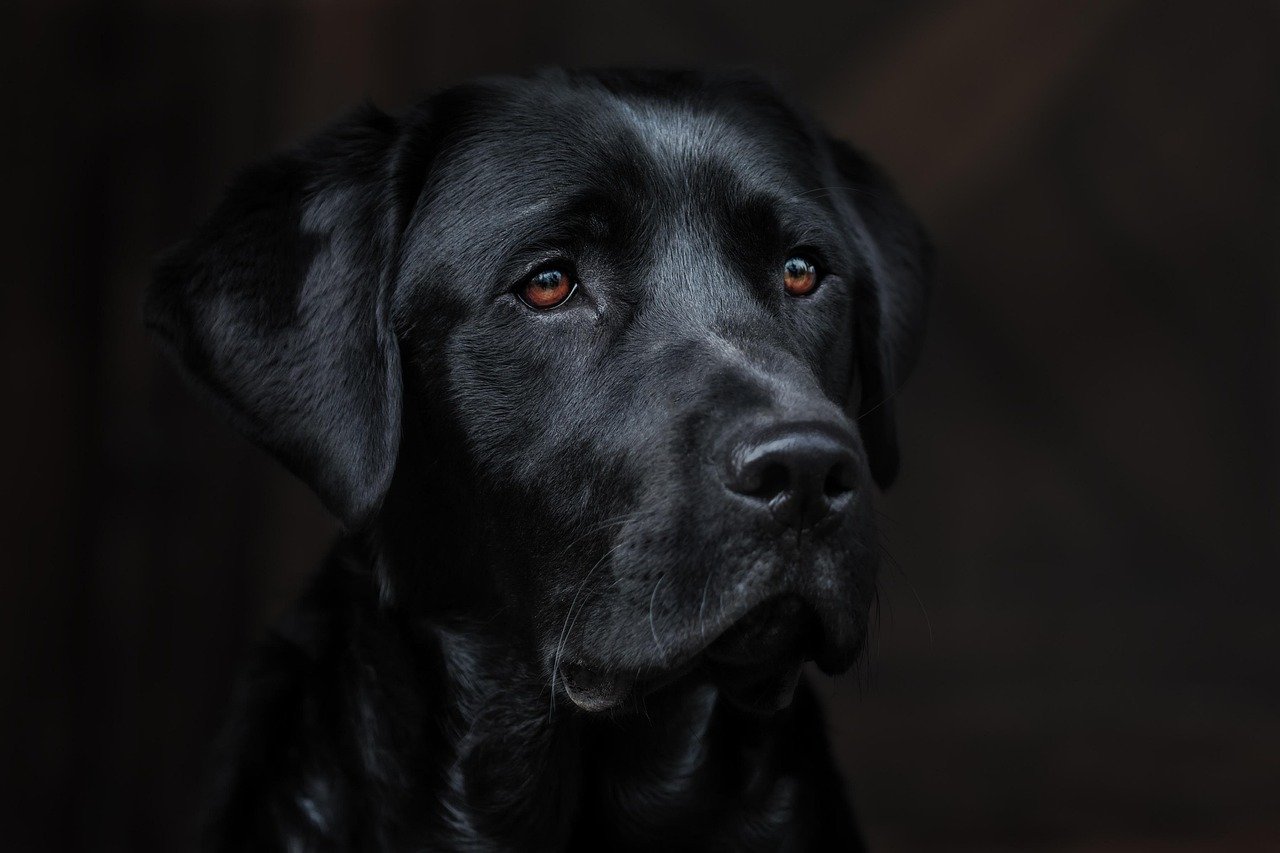
Loyal to the core, Labrador Retrievers form deep bonds with their humans — which can make time apart especially stressful for them. Known for their affectionate and people-oriented nature, Labs are particularly prone to separation anxiety when left alone for extended periods. If your Labrador shows signs like pacing, barking, or destructive behavior while you’re away, it’s not disobedience — it’s distress. The good news is, with patience and the right approach, you can ease your Lab’s anxiety and help them feel secure even when you’re not home.
Before you can help your Labrador, it’s crucial to recognize the signals of separation anxiety. Labs may bark excessively, destroy furniture, try to escape, or even have accidents indoors when left alone. Some dogs drool or pace relentlessly. These behaviors aren’t signs of a bad dog—they’re cries for help. Understanding these cues is the first step to addressing their fears. Keep an eye out for patterns, like destructive behavior that only happens when you’re gone. Knowing the signs allows you to respond with empathy rather than frustration, setting the stage for real progress.
Create a Calm Leaving Routine
If you make a big fuss when leaving or returning home, it can heighten your Labrador’s anxiety. Try to keep your departures and arrivals low-key. Don’t shower your dog with attention right before you go or when you come back. Instead, calmly put on your shoes and grab your keys without fanfare. This helps your Lab learn that your comings and goings are normal parts of the day, not events to be feared. Over time, your dog will begin to anticipate your departures with less stress and see them as routine.
Gradually Increase Alone Time

Labradors, like people, need to build confidence slowly. Start by leaving your dog alone for just a few minutes, then gradually increase the time you’re away. For example, step outside for five minutes, then ten, then twenty. Return only when your Lab is calm, reinforcing that being alone isn’t scary. This process, known as desensitization, teaches your dog that your absence always ends with your return. Be patient—rushing this step can set you back, but steady progress will help your Lab feel more secure.
Use Positive Reinforcement
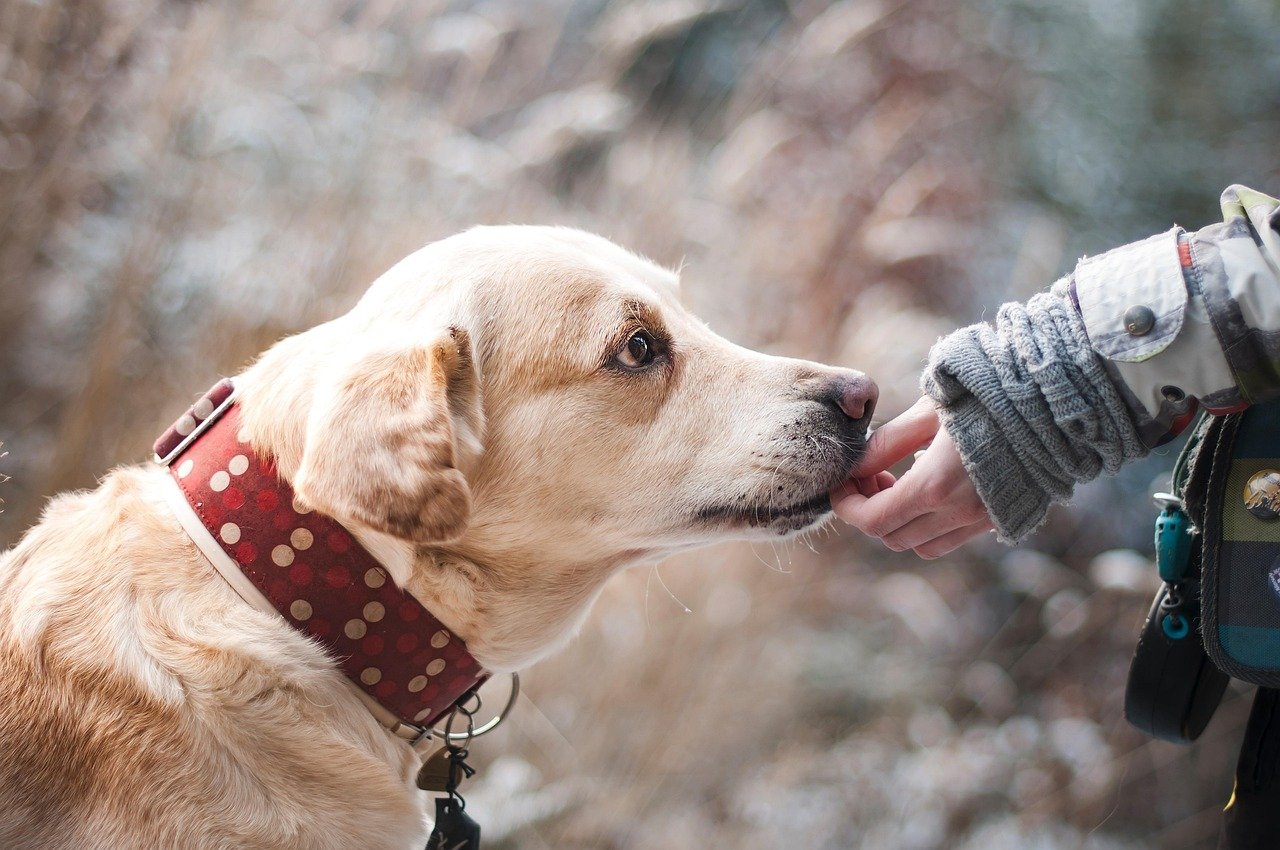
Reward your Labrador for calm behavior before and after you leave. Treats, praise, or a gentle pat can work wonders. Give your dog a special treat or toy only when you’re leaving, so they associate your departure with something positive. Avoid scolding or punishing your Lab for anxious behavior, as this can increase their stress. Instead, focus on celebrating small successes and progress. This positive approach builds trust and teaches your Lab that being alone isn’t something to dread.
Provide Engaging Toys and Puzzles
Boredom can make separation anxiety worse. Keep your Labrador’s mind busy with interactive toys or puzzle feeders. Stuff a Kong toy with peanut butter or kibble, or try treat-dispensing balls that require problem-solving. These distractions give your Lab something to focus on besides your absence. Rotating toys keeps things fresh and exciting. Engaging your dog’s brain not only eases anxiety but also provides healthy mental stimulation, which is essential for Labs’ well-being.
Exercise Before Departure
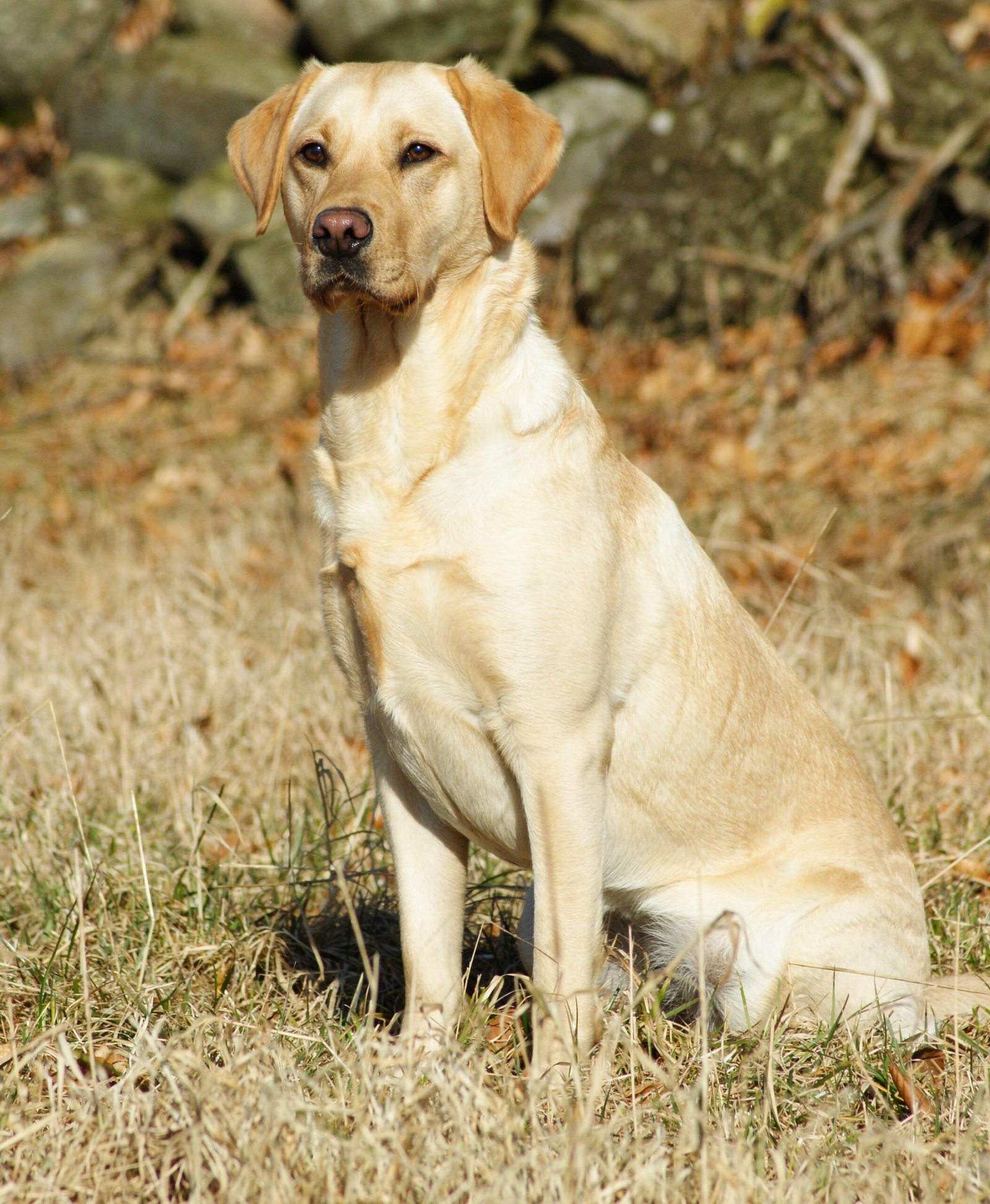
A tired Labrador is a happier, calmer dog. Take your Lab for a brisk walk, a game of fetch, or a play session before you leave the house. Physical activity burns off extra energy and releases calming endorphins. If your Lab is well-exercised, they’re more likely to nap or rest while you’re away. Try to make exercise part of your daily routine, especially before periods of separation. This simple step can make a big difference in how your dog copes with alone time.
Establish a Safe, Comfortable Space
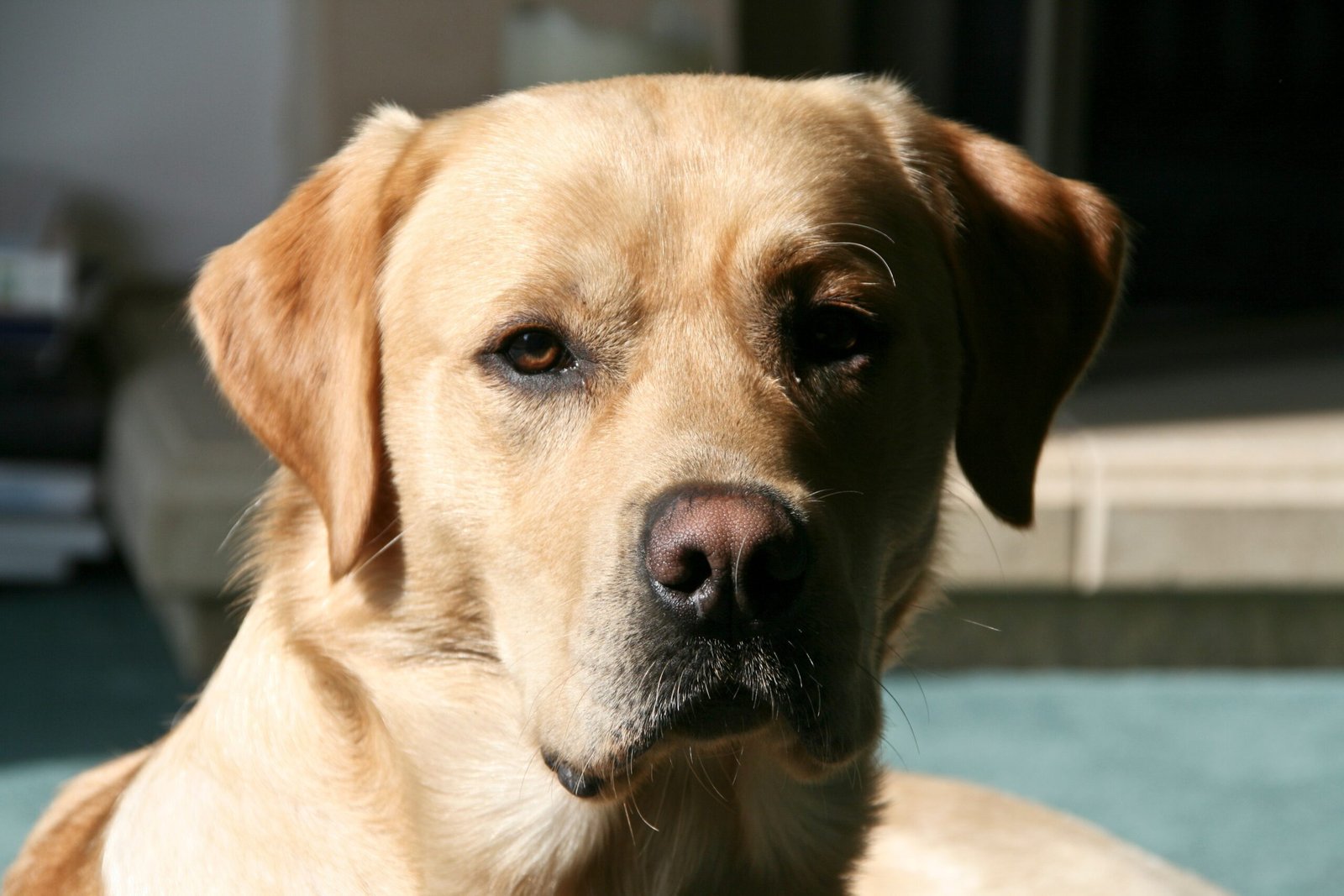
Create a cozy area where your Labrador feels secure. This could be a crate, a specific room, or a comfy corner with their favorite bed and toys. Some dogs feel safer in a den-like crate, while others prefer more space. Add an item with your scent, like a worn T-shirt, to provide comfort. Make this spot inviting and positive, never a place for punishment. When your Lab learns that their safe place is linked to relaxation and good things, it becomes an anchor during stressful moments.
Leave Background Noise
Total silence can make your absence feel more intense for your Labrador. Try leaving on soft music, a radio, or even the television at a low volume. Background noise mimics the sounds of daily life and can make your dog feel less alone. There are even playlists and channels designed specifically for calming dogs. Experiment with different types of sounds to see what soothes your Lab the most. Sometimes, just a gentle hum in the background can make all the difference.
Practice Short Absences Frequently
Consistency is key when helping your Labrador adjust. Practice leaving for short periods multiple times a day. Go to get the mail, step outside for a few minutes, or take a walk around the block. Repetition teaches your Lab that you always return, building their confidence over time. These frequent departures and returns help break the association between your absence and anxiety, making longer separations less scary as your dog learns to trust the pattern.
Consider Professional Training or Behaviorists
Sometimes, separation anxiety can be severe and overwhelming. If your Labrador’s distress isn’t improving, don’t hesitate to seek help from a professional dog trainer or behaviorist. These experts can develop a customized plan suited to your dog’s specific needs. They may use techniques like counter-conditioning or specialized training exercises. Professional guidance can be especially helpful if your Lab’s anxiety is causing harm or isn’t responding to home strategies. Remember, asking for help is a sign of care, not defeat.
Try Calming Products or Remedies
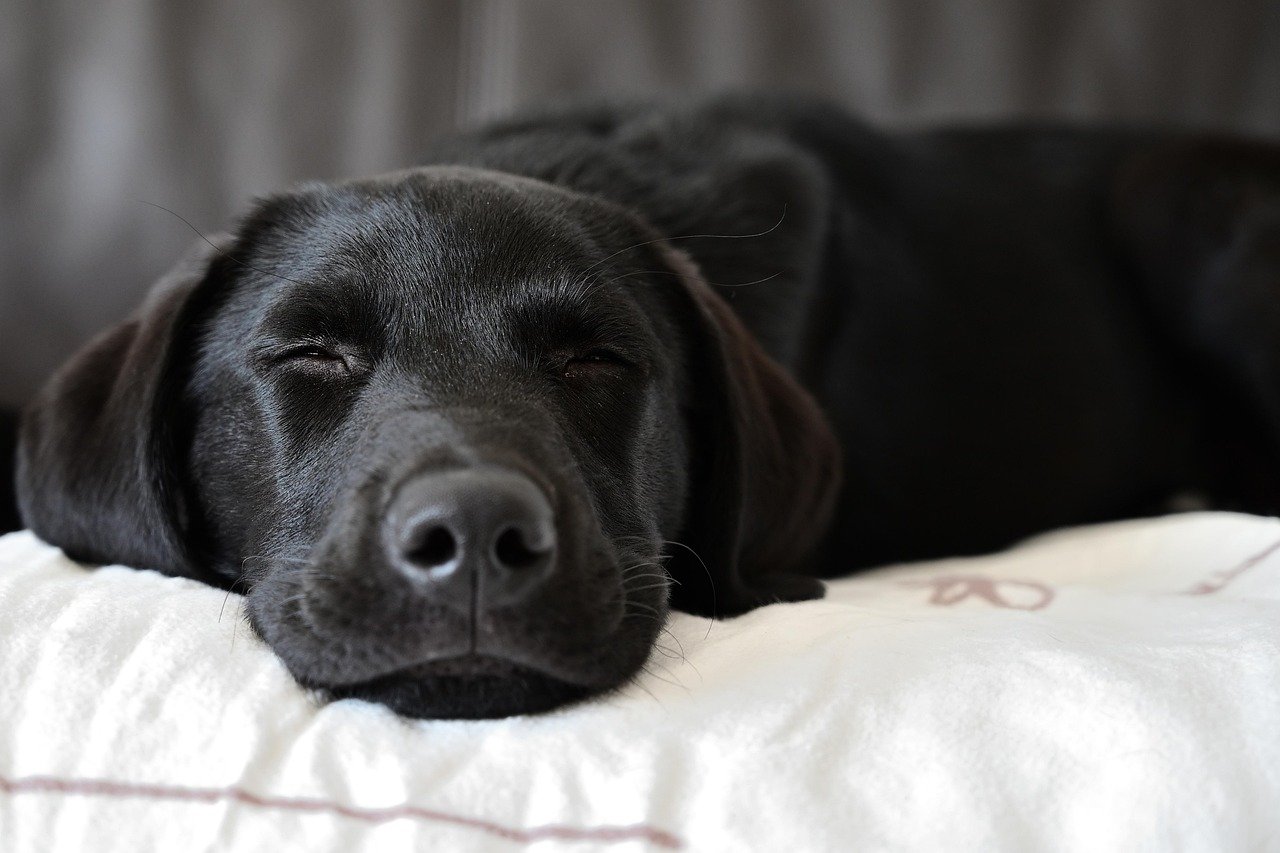
There are various products designed to soothe anxious dogs. Calming collars, anxiety wraps, pheromone diffusers, and natural supplements can all help reduce stress for some Labradors. These tools work differently for every dog, so it may take a bit of trial and error to find what helps. Always discuss new products with your veterinarian to ensure they’re safe and appropriate. Used alongside other strategies, calming aids can provide extra support and comfort for your nervous Lab.
Maintain a Predictable Routine
Dogs thrive on routine, and Labradors are no exception. As much as possible, stick to consistent feeding, exercise, and playtimes each day. Predictability gives your Lab a sense of control and security, reducing overall anxiety. Try to leave and return home at similar times, and avoid sudden changes in the household. When your dog knows what to expect, they’re less likely to worry. A steady routine helps turn the unknown into the familiar, making separations much easier to handle.
Helping your Labrador Retriever overcome separation anxiety takes time, consistency, and compassion — but the rewards are well worth it. By combining practical strategies with a deeper understanding of your dog’s emotional needs, you can build their confidence and create a more peaceful experience when you’re apart. From structured routines to comforting tools and positive reinforcement, every small step counts. With patience and love, your Lab can learn that being alone doesn’t mean being abandoned — it just means waiting for their favorite person to come home.

Esther is from India; the heartbeat of South Asia, holding a Master’s degree in Zoology and a postgraduate diploma in Animal Welfare. Her enthusiasm for animal welfare drives her passion and dedication to working for animals, ensuring their well-being, and advocating for their rights. With a solid academic background and hands-on experience, she is committed to making a positive impact in the field of animal welfare. In her free time, she enjoys embroidery and sewing. As a Chennaite from Tamil Nadu, Esther loves Bharathanatyam, an Indian classical dance form.






